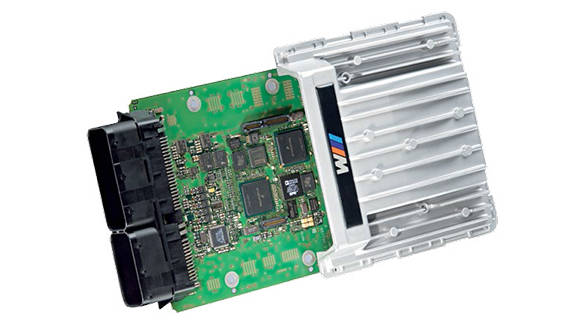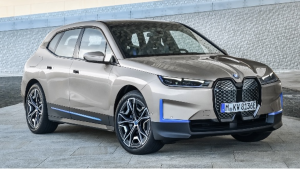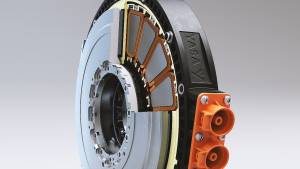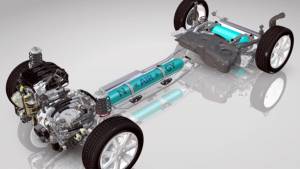Simple Tech: Electronics in an automobile explained - Part one
Can humans today live without electronics? It isn't a hard question to answer, right? If this question arrived as a notification on your smartphone, you'd immediately want to unlock the device and look at it. Suffice it to say that we are surrounded by electronics and life without them would be tough.
This is true for cars and motorcycles as well, though it is a lot less obvious. At a most superficial level, you can see the electronics that automate the stuff you do most often. For instance, controlling air conditioning or the music system. But the real illusion is that you think you are in control over the rest of the process. Are you?
The engine today, any engine, runs because of electronics. They control the supply of fuel, the supply of the spark, they work their magic over emissions and over the lovely sound of the motor and much, much more. More importantly, electronics also determine how the vehicle feels to drive you influence this by selecting a driving mode. Electronics also take the need to be a highly skilled driver or rider out of the enjoyment equation for powerful cars and motorcycles. If they had their way, electronics will shortly replace the driver entirely (at least) in cars.

All this begins with the electronic engine control unit or EECU, usually abbreviated to ECU. This is a small computer that is effectively the brain of the car. Like the human brain, it has sensors that tell it what is going on. Like a human brain, it also has a sense of what needs to be done in a given situation. If your hand starts to hurt, your brain signals the need for a visual inspection and your eyes comply. Similarly, if the engine reports a fault, the ECU takes a look and if it cannot find a way to fix it, it sends out a signal to illuminate the engine check light on the dashboard.
To go into more detail, the ECU is the engine controller and it has replaced the whole gamut of mechanical devices. Today, even a basic ECU can easily handle fuelling (reading incoming air, throttle position and current load to determine best fuelling), ignition, valve timing, emission control... The ECU does all this. Its ability to control things so tightly and monitor so minutely makes life very easy. Cold starts are a thing of the past, peak torque or power can be made to last hundreds, even thousands of rpm. All this, while tail pipe emissions fall, and economy and efficiency rise.
As you can imagine, this level of electronic intervention also makes it harder for users to diagnose and fix their own vehicles. It is a natural side effect of electronics. Today, the average service engineer simply connects to the ECU using a laptop and the software interacts to determine problems and potential solutions.
The next step from the ECU is ride-bywire. This eliminates any direct link between the driver/rider and the engine. When you use the accelerator, the ECU reads the movement to understand how much power you're looking for. It then makes a decision, based on your demand, on the current load and many other factors, that leads to the activation of the fuel pump and then the injector. The same chain of decisions also activates the spark plug and more. The point is that this level of control creates the framework on which driving and riding modes are created.
These modes are effectively presets that offer different flavours of throttle response to make driving or riding more attuned to say, slippery conditions (relaxed, progressive response), touring (smoothness above all else) and racing (sharp responses are of the essence). The ECU can also be made to change the program it uses to select gears, to control the level of traction control and more to create a full driving mode profile.
A trend in India that we expect will gain momentum is the semi-automated gearbox. It starts with the Automated Manual Transmission or the AMT where the ECU controls the clutch. The other end of the spectrum is dual clutch gearboxes which are so complex that an all-manual version wouldn't work. It is the electronics that allow these gearboxes to produce their seamless power delivery and their instant, accurate gearchanges.
Electronics are busy making in-roads into power distribution too and that's what we will talk about in the next issue how electronics help distribute immense power, optimise the use of power in difficult conditions and how they ensure our comfort and safety.
For more Simple Tech, click here.














